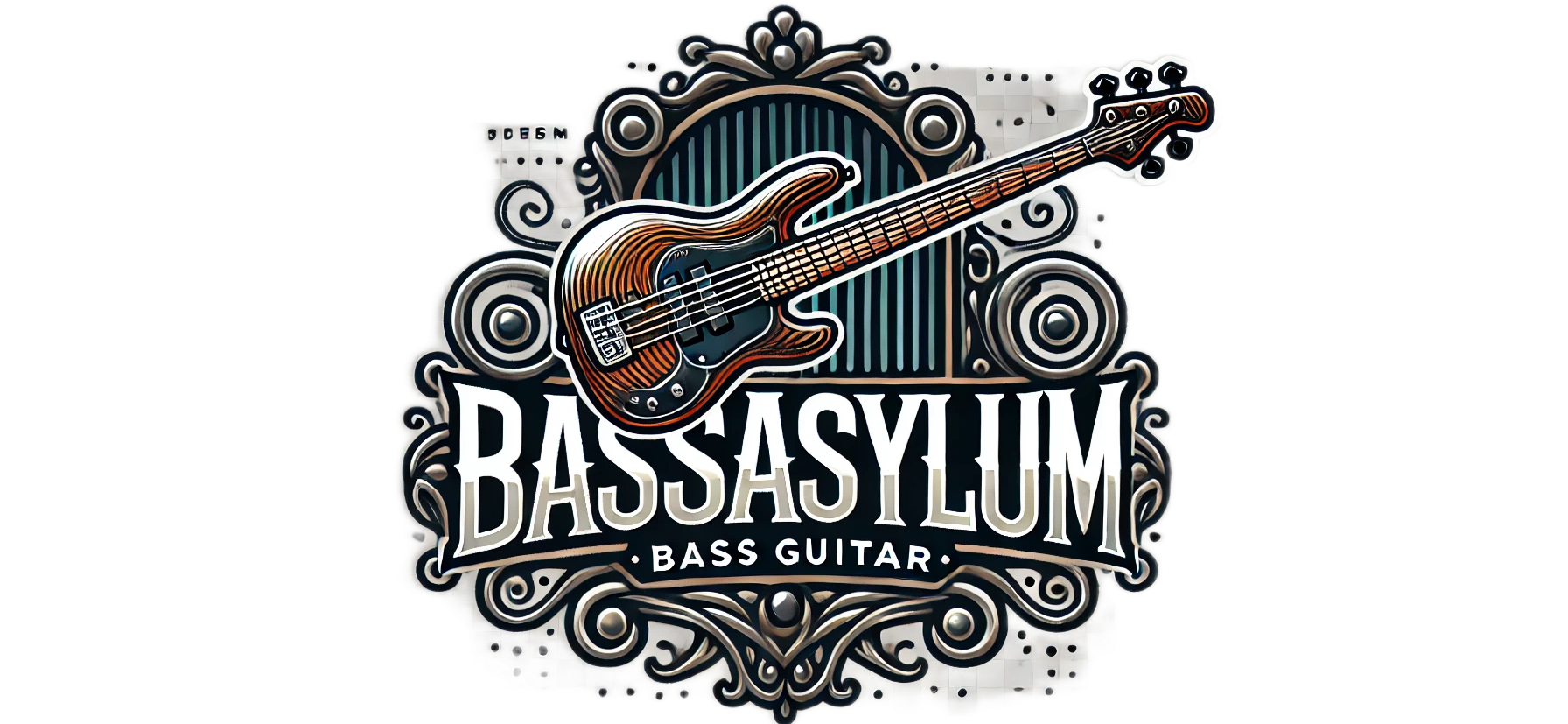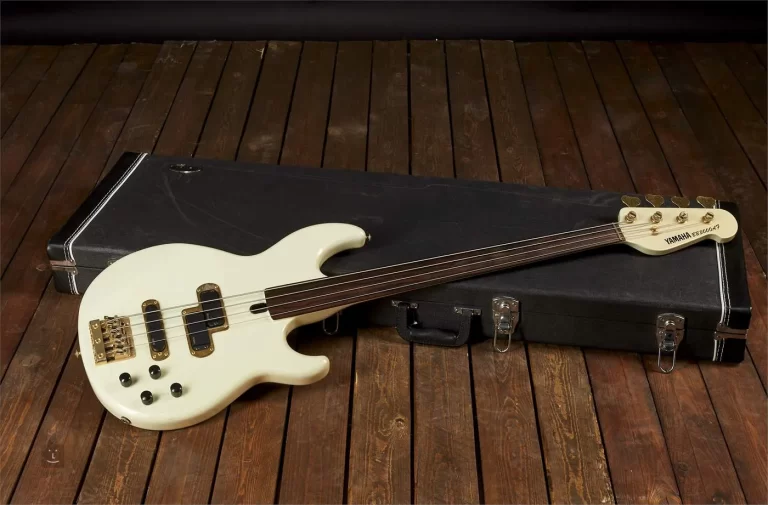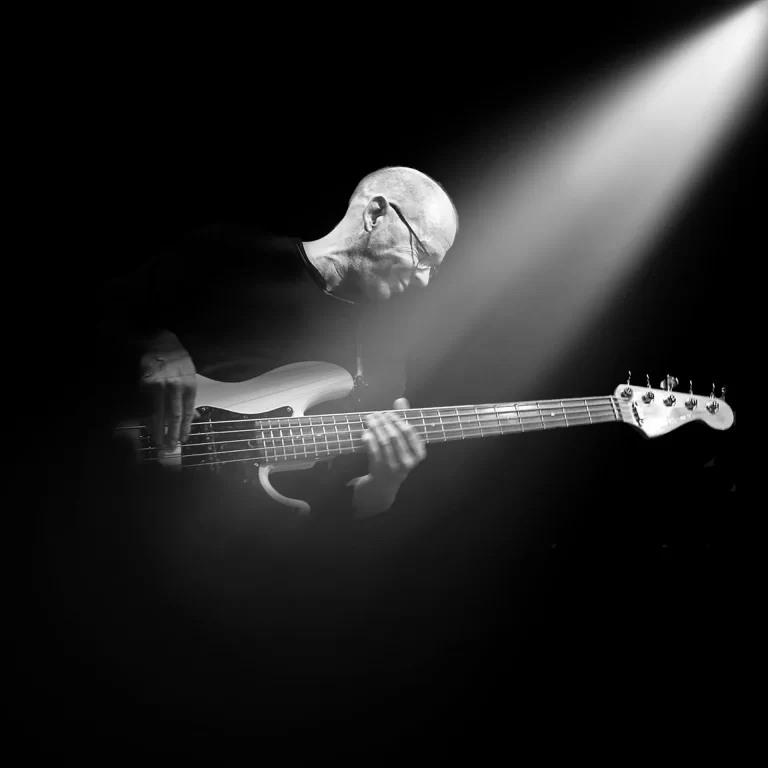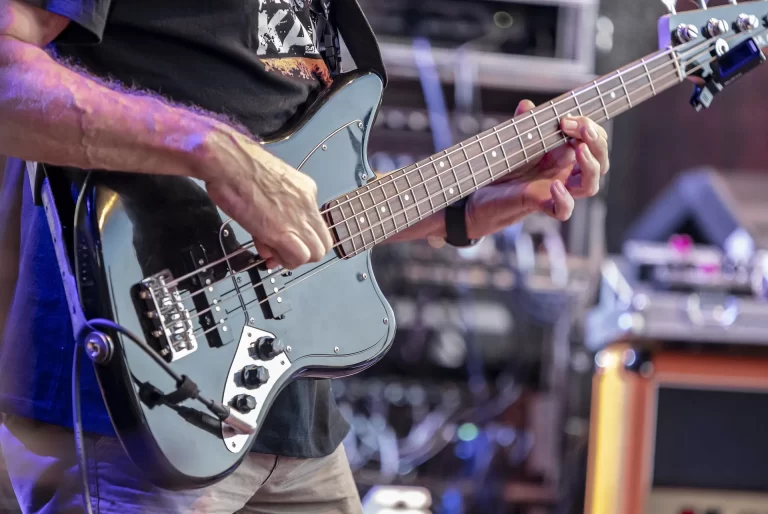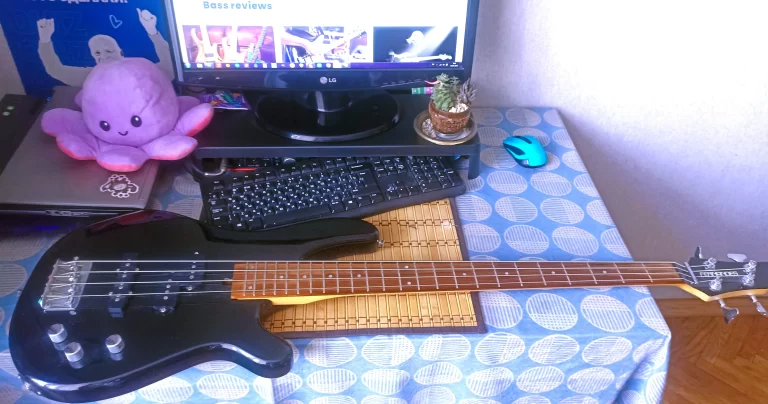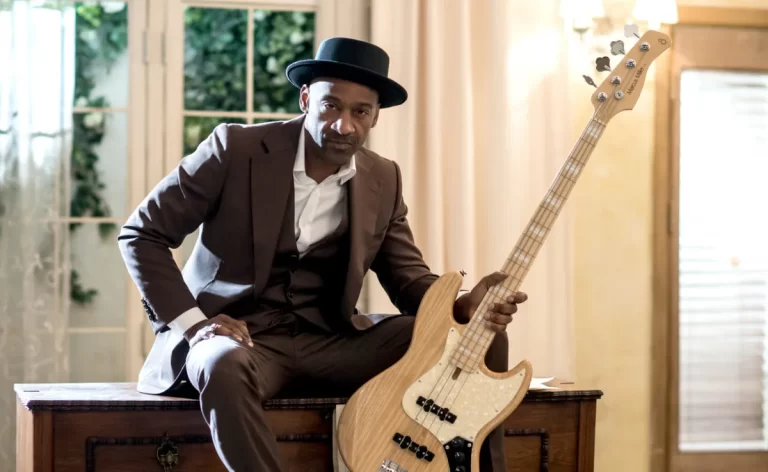Short story of Gibson EB-3
Hi all. Many people have held Fender Jazz and Precision in their hands. But there is a kind of bass that is looked at with apprehension. I’m talking about 30-inch (762 mm) basses. As you know, the standard bass guitar’s bore is 34 inches, and 30 is not a guitar, and not a baritone at that.
Indeed, such basses sound different, but not worse, just in their own way.
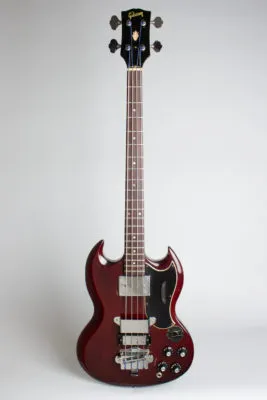
Development history and features of this bass
Meet the Gibson EB-3 bass guitar, which was produced from 1961 till 1978 in different modifications. Nowadays this instrument was re-invented and produced as Gibson SG Bass in 2006. If Fender basses are mostly made of alder and ash, Gibson prefers mahogany. The Mahogany fingerboard is glued into the body, as opposed to the Fender/Musician screw mount, or the Rickenbacker 4001/4003 through-hole design. The bass is equipped with two humbuckers (its relative EB-0 with one neck humbucker was first introduced in 1959). In the neck (at the fingerboard) there is a big, fat, slightly snubby mudbucker. The bridge has a mini humbucker, on modern SG models close to Jazz bass pickups. It has a “midrange” sound.
The bridge has undergone many changes. From a simple plate on two supports with string grooves (bar bridge), to the introduced in 1973 three-point adjustable design. Nowadays some bassists prefer to replace the factory string holder with Babicz FCH 3-point or Hipshot SuperTone Gibson.

In different years the bridge was equipped with a curious construction of the string mute. In essence it was a metal corner clip with felt which allowed to get a muffled, percussive sound without having to change the strings with a round winding to flat. Of course, in timbre, mute and flat strings are not the same thing. But in practice, it’s a handy, interesting thing. You don’t have to go to the trouble of finding a damper in the form of not very aesthetic rags, sponges, or spend money on professional solutions. One click and the sound changes.
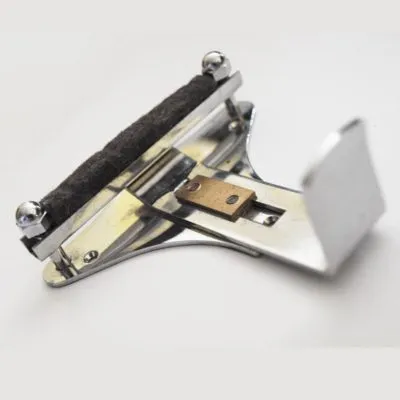
Also read: Fret Wraps – do you really need it?
In terms of balance, the Gibson Eb-3 bass guitar can be a little uncomfortable due to its lack of long “horns” and top button strap attachment. Even though the modern SG version weighs 3.5 kg. Versus many examples of the EB-3 from the ’70s, weighing in at 4.6 kg.
Which of the famous bassists have played the Gibson Eb-3 bass guitar?
The bass isn’t as common as the Fender classics. But it has been played by many, including famous musicians. The first one that comes to mind is Jack Bruce of Cream. The trio (besides Bruce – singer and bassist, guitarist Eric Clapton and drummer Ginger Baker) with their 1967 album Disraeli Gears weighted the blues sound closer to hard rock.
At a 2005 concert at the Royal Albert Hall, in addition to custom instruments, you can see Jack holding another classic bass – a fiddle-like Gibson EB-1. However, the history of “violin basses” is a special topic of conversation. Because this design is closer to semi-acoustics than to the usual “board”.

Also the bassists who played on the Gibson EB-3 bass guitar
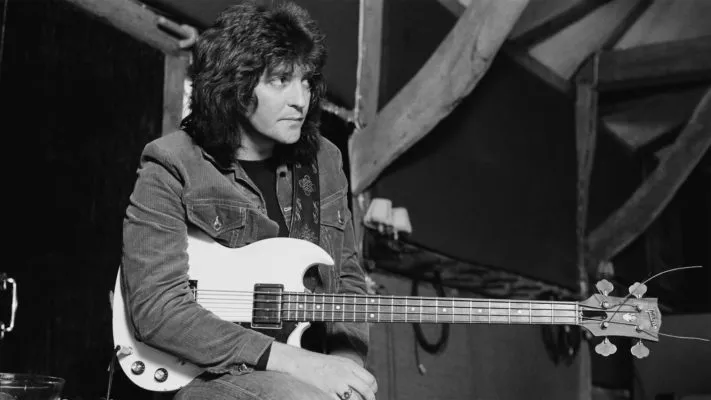
Bob Daisley. The Blizzard Of Ozz album. Apparently, Randy Rhodes’ 100wt. Marshall JMP Super Lead 1959 with a 4×12 cabinet. This is quite an interesting feature of the old Gibson low-end basses, often not very sounding in Ampeg, but opening up on the guitar tube Marshall, Hiwatt or the bass variety JCM 800. So does the Gibson bass sound on Gary Moore’s Power Of The Blues and the Kahvas Jute band.
Glenn Cornick.
Jethro Tull albums Stand Up and Living In The Past. Gibson EB 3 bass guitar along with a Hiwatt 100 and a 4×12 cabinet.
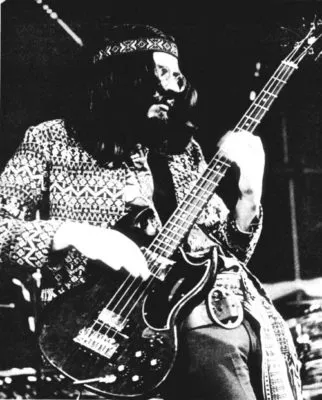

Andy Fraser.
The Free, 1968-1971 (Paul Kossoff, Paul Rodgers, Simon Kirke).
Mike Watt.
Minutemen – Paranoid Time (Ep) plays on EB-3L, and switched to low-key EB-3 starting with Iggy and the Stooges (c 2002). By the way, on one of his EB-3s, which he got not in the best shape (they tried to change the bass into 6-string), Mike changed the original electric circuit with variatone and sensors with Bartolini ZBS-440 and Aguilar OBP-3 preamp.
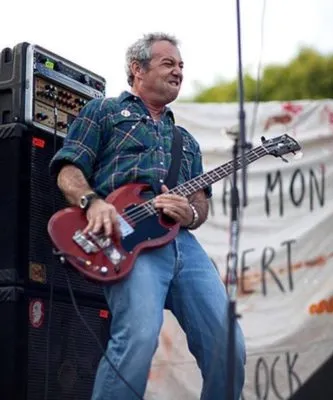
To conclude the story, I will say that in terms of wood and construction the Gibson Eb-0, 3 and Sg bass models are similar, but with a different number of pickups and electrical circuitry. Therefore, the above can be applied to all three. Of course, no two basses sound exactly the same. The old and new models differ from each other. It is advisable to listen and try for yourself.
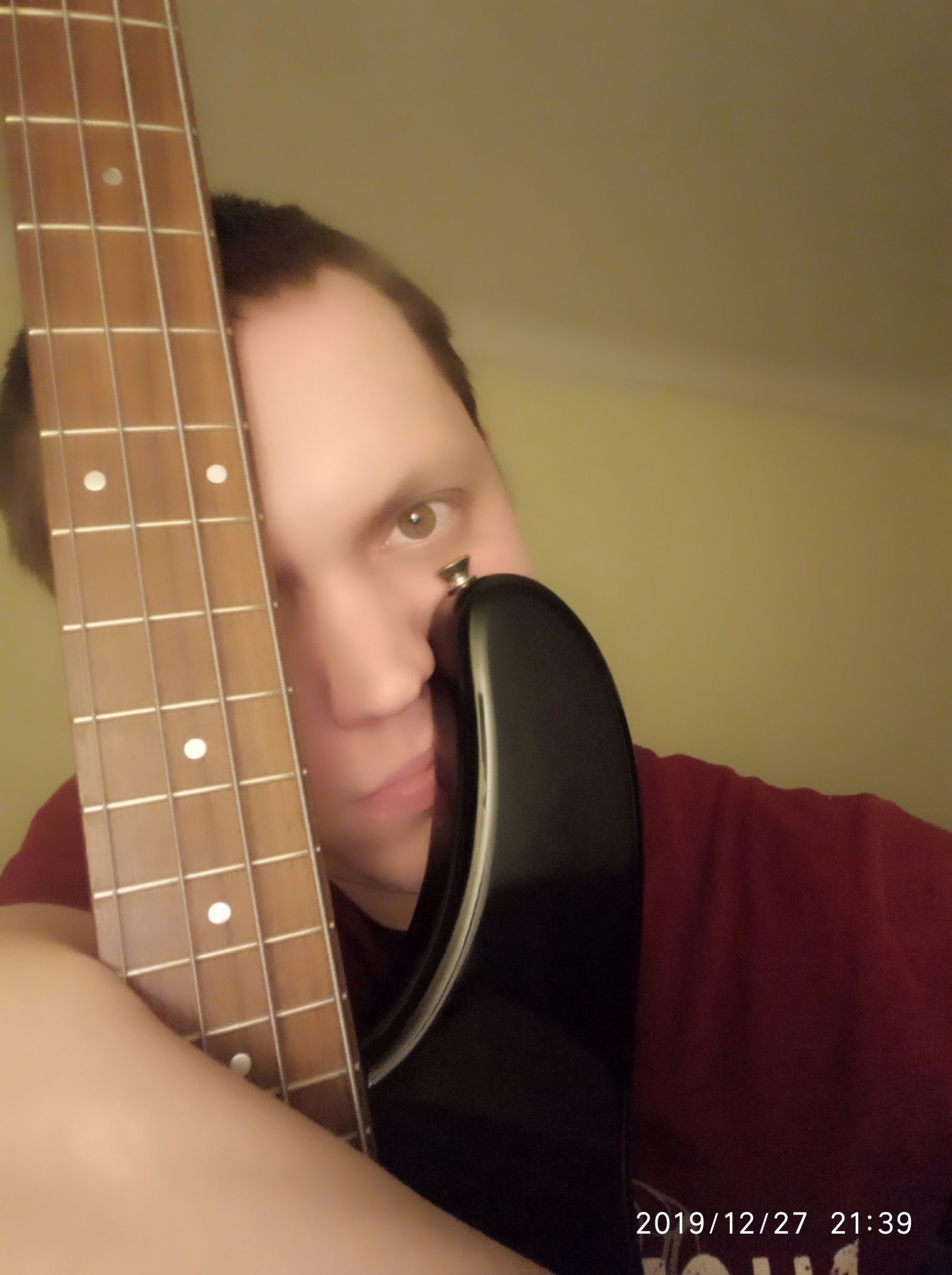
Hey, fellow bassists and musicians overall!
I’m nothing more than just bass player and enthusiastic blogger. Feel free to ask any questions in the comments.
Huge thanks for all crazy people who supports this resource. Keep groovin’!
